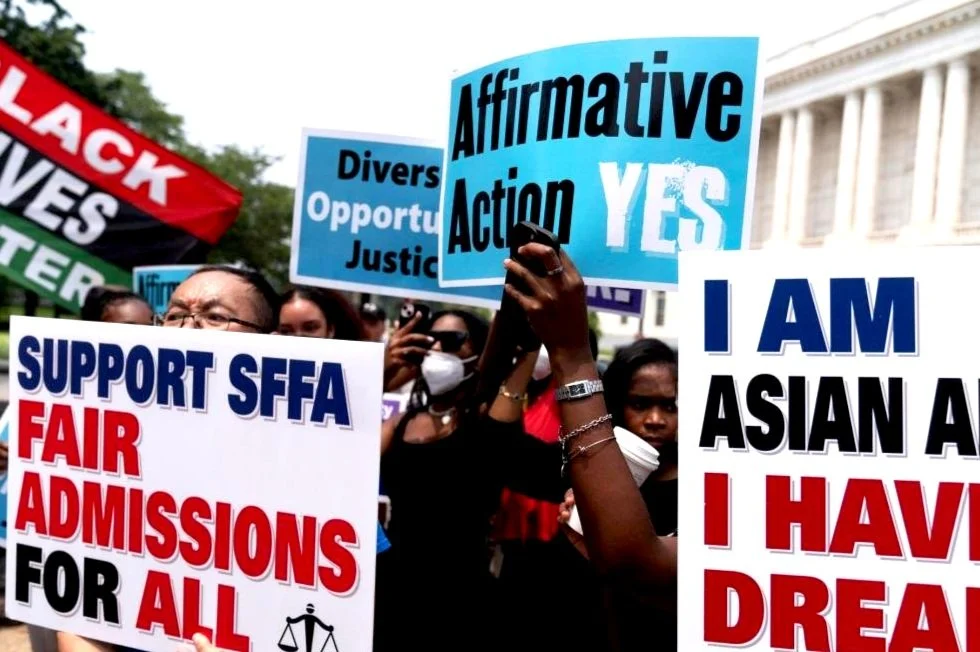3 Ways to Improve Media Coverage of the Supreme Court's Ruling on Affirmative Action
The Supreme Court's ruling in the case of Students for Fair Admissions, Inc. v. President and Fellows of Harvard College has sparked intense debates and discussions about affirmative action and college admissions policies. It’s crucial for journalists to provide comprehensive coverage that goes beyond sensationalism and explores the deeper issues at play. Too much of the coverage has focused on the extremes rather than provide greater insights and analysis. Let me offer three ways the media can improve their coverage of this ruling, highlighting the historical context of racial discrimination, the complexity of application review, and the potential consequences for diversity in higher education.
1. Providing Historical Context.
To better understand the significance of the Supreme Court's ruling, it is essential to provide historical context regarding the legacy of racial discrimination in the college admissions process. Journalists can shed light on past policies and practices that have perpetuated inequality and exclusion, such as quotas and racially biased selection criteria. By highlighting these historical injustices, the media can help the public appreciate the need for affirmative action and its role in rectifying systemic disparities. Supreme Court Justice Ketanji Brown Jackson eloquently lays out a detailed chronology on the impact of legislative, judicial, and corporate actions that have consistently negatively impacted Black people’s lives over the course of America’s history. This is an excellent primer on how to provide context to this broader issue.
2. Addressing the Complexity of Application Review.
College application review is a multifaceted process that involves considering numerous factors beyond academic achievements. Journalists can delve into the complexities faced by admissions officers as they evaluate applicants holistically, assessing their potential for success and contributions to the campus and society. This includes considering factors like extracurricular activities, personal essays, recommendation letters, and overcoming adversity. By highlighting these intricacies, the media can foster a more nuanced understanding of the admissions process and debunk simplistic narratives that overlook the broader context. The opportunity is dive deeper into what strategies and methods these colleges and universities use to ensure they are getting as diverse a pool of students as possible, considering all the criteria. Another approach is to explore how these institutions will better prepare and train their admission officers to review applications with the new law in place.
3. Defining the Domino Effect on Diversity.
The potential dramatic decline in diverse applications to Ivy League and other highly selective universities and colleges is a significant concern resulting from the Supreme Court's ruling. Journalists can explore the domino effect this decline may have on the campus environment and the future of higher education. By examining the experiences of underrepresented students and the importance of diversity in fostering inclusive learning environments, the media can underscore the far-reaching consequences of limiting access to educational opportunities for marginalized communities.
This is a story that will continue to unfold. It goes beyond about institutions, but about the individual lives of students whose futures may be altered by this decision, particularly those who want to have a fair shot at attending some of the nation’s most elite schools. Media bear the burden and responsibility of helping to shape this story in a way that allows these students, their families and colleges and universities to move forward in a manner that continues to value a diverse student body as a necessary ingredient to a more civil, welcoming society.


